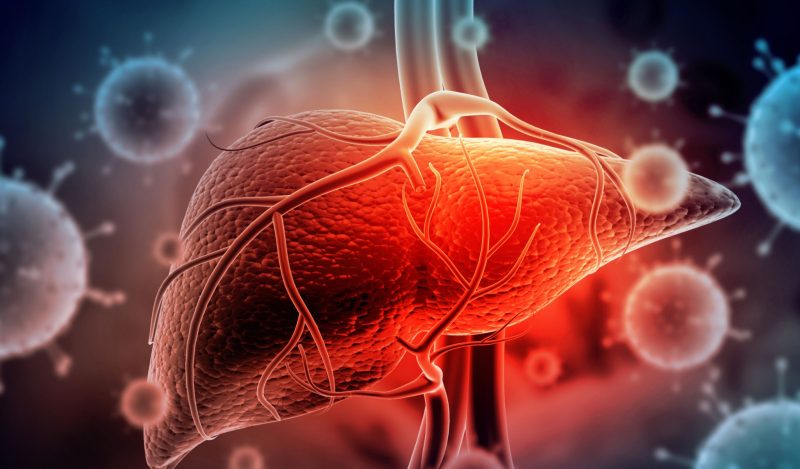When people say: “I had Covid,” what do they mean?
They mean they had a positive test for the SARS-CoV-2 virus.
Very often, they had no clinical symptoms whatsoever – they “had” asymptomatic Covid.
They may have suffered from the well-known symptoms of a common cold or a “flu” – fever, chills, shortness of breath, cough, sore throat, aching muscles. They may have felt a loss of smell and taste (anosmia, ageusia) without nasal obstruction – the only characteristic clinical symptom of an infection with SARS-CoV-2. That is to say, it was relatively characteristic with the early variants, but since the emergence of Omicron, it no longer is. Characteristic does not mean specific, however – many Covid “cases” did not lose their smell or taste, and the symptom can be caused by other pathogens too.
Sometimes, their cold or flu may have progressed to pneumonia (chest infection) – the severe form of a respiratory infection that can be life-threatening, above all in the elderly or in immune-compromised patients with comorbidities. The clinical and radiological presentation of these severe forms is that of a non-specific, “atypical” pneumonia. There are no unequivocally distinctive signs that would differentiate them from the severe respiratory infections caused by a plethora of other viruses.
Some people complain of persistent non-specific symptoms (e.g. brain fog, fatigue, decreased exercise capacity) months after they had their original illness with a positive test – “Long Covid.”
The government of Queensland, Australia, has recently reported the results of an observational study that found that the frequency and severity of “Long Covid” symptoms mirrored those of post-infection syndromes after other viral illnesses. This result led a number of researchers and clinicians to conclude that it “was time to stop using the term ‘Long Covid.’ The lead author of the study, the state’s Chief Health Officer Dr. John Gerrard, stated: “Terms like ‘Long Covid’ wrongly imply there is something unique and exceptional about longer-term symptoms associated with this virus. This terminology can cause unnecessary fear, and in some cases, hypervigilance to longer symptoms that can impede recovery.”
Along the same lines of reasoning, one would naturally have to argue that the term “Covid-19” wrongly implies that there is something unique and exceptional about the acute symptoms associated with this virus – which clearly there is not. As we all know, this terminology has caused plenty of unnecessary fear. Over more than three years, it has also caused societal hypervigilance and political hysteria which not only impeded recovery in patients, but resulted in enormous damage to freedom, the economy, the health systems, and the lives of many people around the world.
Despite the now widespread use of the expression everywhere, “Covid-19” is not a nosological entity of its own; that is to say, it is not a specific disease. The diagnosis depends only and entirely on the presence of a positive lab test for SARS-CoV-2. Without that test, “Covid-19” is a non-specific viral rhinitis, laryngitis, bronchitis, pneumonia. In some rare cases, it may also become a non-specific viral myocarditis and/or it may involve other organs – like other respiratory viruses. Virtually every respiratory virus strain can cause dangerous complications.
The enormous amount of biological research on SARS-CoV-2 notwithstanding – clinically, this virus was and is nothing new. Our immune systems need to confront fresh mutants of such respiratory pathogens every year.
However, has Covid been particularly and unusually dangerous, has it been particularly deadly?
We have been trying to separate “true” influenza from other viral respiratory infections (“common colds”), because it is generally more severe. Nevertheless, as the clinical symptoms are hardly discriminatory, we use the term “flu” (or “Grippe” in many other languages) rather indistinctively: By “flu season” we mean the high frequency of respiratory infections (due to many different viruses) during the winter months, with its accompanying rise of “excess deaths” – a rise whose importance varies from year to year.
The question of whether Covid-19 has caused deaths in excess of what we would normally have to expect during flu seasons is still being debated and may never be entirely settled. I remain skeptical of correlations between positive tests and excess mortality and tend to subscribe to the alternative hypothesis that most, if not all, of any observed excess mortality was caused – directly or indirectly – by the societal and political reaction to the “pandemic.”
The main argument in favor of this hypothesis continues to be the age distribution of Covid deaths – with an average which in most countries is a little higher than the general population’s (around 80 years in the developed world). Epidemiologically speaking, the Covid deaths were part of normal and unavoidable mortality. We are not immortal, and we die at our average age of death.
The assumption that the Covid deaths, while displaying a similar age distribution, were (mostly) an addition to normal population mortality is contradicted by the fact that where excess mortalities could be observed in the years 2020 to 2023, they disproportionately – and tragically – concerned the younger generations, where they could not possibly have been caused by Covid.
Also, in contrast to what one would necessarily have to expect if Covid-19 had been exceptionally severe in comparison with other flu seasons, there were no increases in the total number of respiratory disease visits and admissions during the “pandemic” years, neither in GP or specialist practices, nor in hospitals and emergency care units. A few countries (Germany for example) even saw a decrease in these health services in 2020.
The personal impressions of many healthcare providers notwithstanding – epidemiologically, this “pandemic” was nothing new – a series of winter flu seasons.
Undoubtedly, these simple deductions from the openly available facts and figures are scientific truths that will sooner or later become public knowledge. The truth train has started its journey; it will nevertheless travel for a long time, as there are many careers, reputations, and enormous amounts of money at stake.
The denomination of “Covid-19” as a specific disease has led to the development of specific measures, specific vaccines, and specific drugs against SARS-CoV-2 and its spread.
More and more (but still too few) physicians and scientists are beginning to ask whether all these interventions reduce the total number of common cold and flu cases, the total number of pneumonias, the total number of hospitalizations, and – above all – the total number of deaths. These are, after all, the only truly relevant questions for public health. Up to this day, we have no hard data to help us answer these questions.
The purely clinical result from the Covid vaccine trials was that over the total duration of the trial, people in the vaccinated groups were much sicker than the ones who had received a placebo. Summing up the test-positive and the test-negative “cases” with the side effects demonstrates that they had far more fever, far more chills, more headaches, more myalgias, and more gastrointestinal discomforts – and these were exactly the non-specific clinical symptoms that counted as endpoints for the trials. The vaccinated may have had less positive tests to SARS-CoV-2, perhaps. Clinically, however, they were sicker than the placebo groups – and undoubtedly very significantly so.
The commonly claimed “prevention of severe forms” has never been demonstrated. In the registration trials, the results for test-positive chest infections lacked significance because the numbers were too small. Above all, we have no hard evidence whatsoever concerning the efficacy of the Covid vaccines against all-cause pneumonias, all-cause hospitalizations, and total mortality. It would not have been difficult – and it would still be possible – to run outcomes trials with these endpoints.
Incidentally, we have no convincing hard evidence for the clinical efficacy of the Influenza vaccines and therapeutics, either. It is therefore entirely possible – perhaps even likely – that all of the now abundantly used virus-specific strategies in our medical armamentarium have no or even negative effects on the outcomes of respiratory infections. These ubiquitous and omnipresent viruses are probably more or less interchangeable, meaning that whoever may be “protected” against a specific strain will catch another one if his or her immunity happens to be off guard.
We should try and find out whether specific measures against a non-specific disease are truly warranted or not, and we know how this needs to be done. That the likely results of true outcome trials would be devastating for many experts and politicians is not a good reason to refrain from performing them. The truth will be out one day in any case.
Join the conversation:


Published under a Creative Commons Attribution 4.0 International License
For reprints, please set the canonical link back to the original Brownstone Institute Article and Author.









